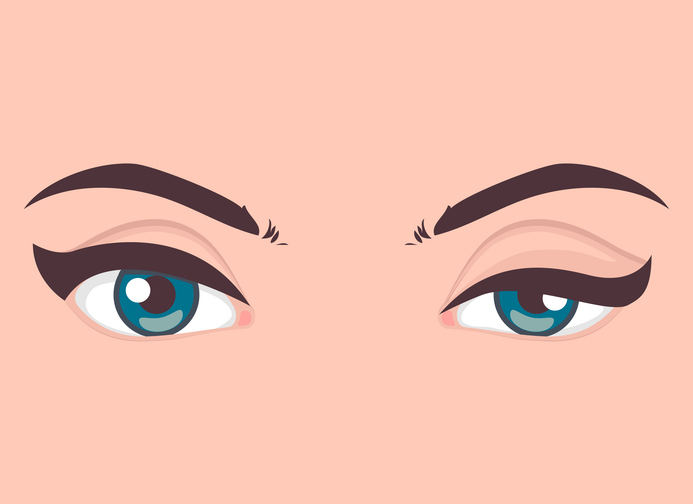What Causes Bags Under the Eyes?
As people age, they naturally develop bags under the eyes. This leads many people to the question, “What causes bags under the eyes?” Under-eye bags have several contributing factors beyond aging, such as fluid retention in the eyes, lack of sleep, allergies, smoking, genetics, and certain medical conditions. After discovering the cause, many quickly seek ways to correct this common issue, either through non-invasive means or under-eye bag removal surgery. We discuss this and more about under-eye bags below.
Causes of Bags Under the Eyes
Over time, the tissue and muscle that support your eyelids weaken. This can lead to fat shifting into your lower eyelids and puffiness due to fluid accumulation. Some contributing factors can be corrected; however, in cases like aging, the most effective treatment is often surgical correction.
Causes of under-eye bags:
- Aging
- Fluid retention
- Fatigue
- Allergies
- Smoking
- Genetics
- Medical Conditions- Thyroid disease, renal issues, dermatitis, etc.
- Lifestyle Factors- Excessive alcohol use, diets high in sodium, chronic stress, etc.
Diagnosis
This condition typically does not require a medical diagnosis, as the bags are readily evident. If you are concerned about the cause of your under-eye bags, you can consult with an experienced eyelid surgeon to determine if you have an underlying condition. Under-eye bags don’t typically pose any health concerns, but talk to your doctor about the possible risks of under-eye bags and how they may relate to you.
Please note that insurance generally does not cover cosmetic procedures. Discuss your coverage with your insurance provider. Be sure to ask for any specifics related to cosmetic procedures and medical necessity to gain a better understanding of the out-of-pocket expenses you can expect to pay.
Treatment
Treatment may not be necessary, but if you are dissatisfied with your appearance due to under-eye bags, there are remedies to correct it. Home and lifestyle modifications can help reduce excess puffiness and water retention, but for cases that require more aggressive intervention, there are a few options available:
- Medications: In cases where allergies are the cause of your under-eye bags and puffiness, it may be beneficial to discuss an antihistamine medication with your healthcare provider.
- Therapies: Various cosmetic treatments help with the appearance of bags and puffiness. You can consult with a licensed plastic surgeon about options such as laser resurfacing, chemical peels, and fillers, as well as other therapies to help tighten and rejuvenate the skin around your eyes.
- Eyelid Surgery, also known as blepharoplasty, may be the solution for under-eye bags that cannot be corrected with non-invasive measures. Eyelid surgery is a procedure that entails the removal of excess fat and skin from the eye through an incision created in the crease of the eye. It is typically done in an outpatient setting with local anesthesia, though you will still require a responsible driver following an eyelid surgery. Blepharoplasty isn’t just a solution for fixing under-eye bags; it is also a great option to address baggy or puffy upper eyelids, excessive skin in the upper eyelids, droopy lower eyelids, and excess skin on lower eyelids.
Consulting with a Professional
Your eyes are delicate, and you want to keep them healthy. Part of doing so entails ensuring that your eyes receive the best care possible. When seeking treatment for your eyes, it is essential to choose an experienced, licensed professional to guide you throughout the process. Your medical team is your number-one resource for success in your pursuit of younger-looking skin. Ensure you request to see the credentials of your surgeon and care team. Your eyes are important, and to ensure they stay in the best shape, you must choose any eye treatment carefully.
Under-Eye Bags Don’t Have to be a Nuisance
Pesky under-eye bags are more than just a cosmetic nuisance. It is a complex interplay of genetics, lifestyle choices, and the inevitable passage of time. While you can’t escape their grasp completely, understanding their root causes empowers you to take informed action. Treating the underlying condition and opting for therapies or surgical procedures can help minimize the appearance of under-eye bags, resulting in a brighter, fresher look. With the right approach, you can ensure it’s a tale of vitality and self-care.
Eye Bag Treatment in Nevada
Consult with an experienced eyelid surgeon about your baggy under eyes, their cause, and how to treat them.








